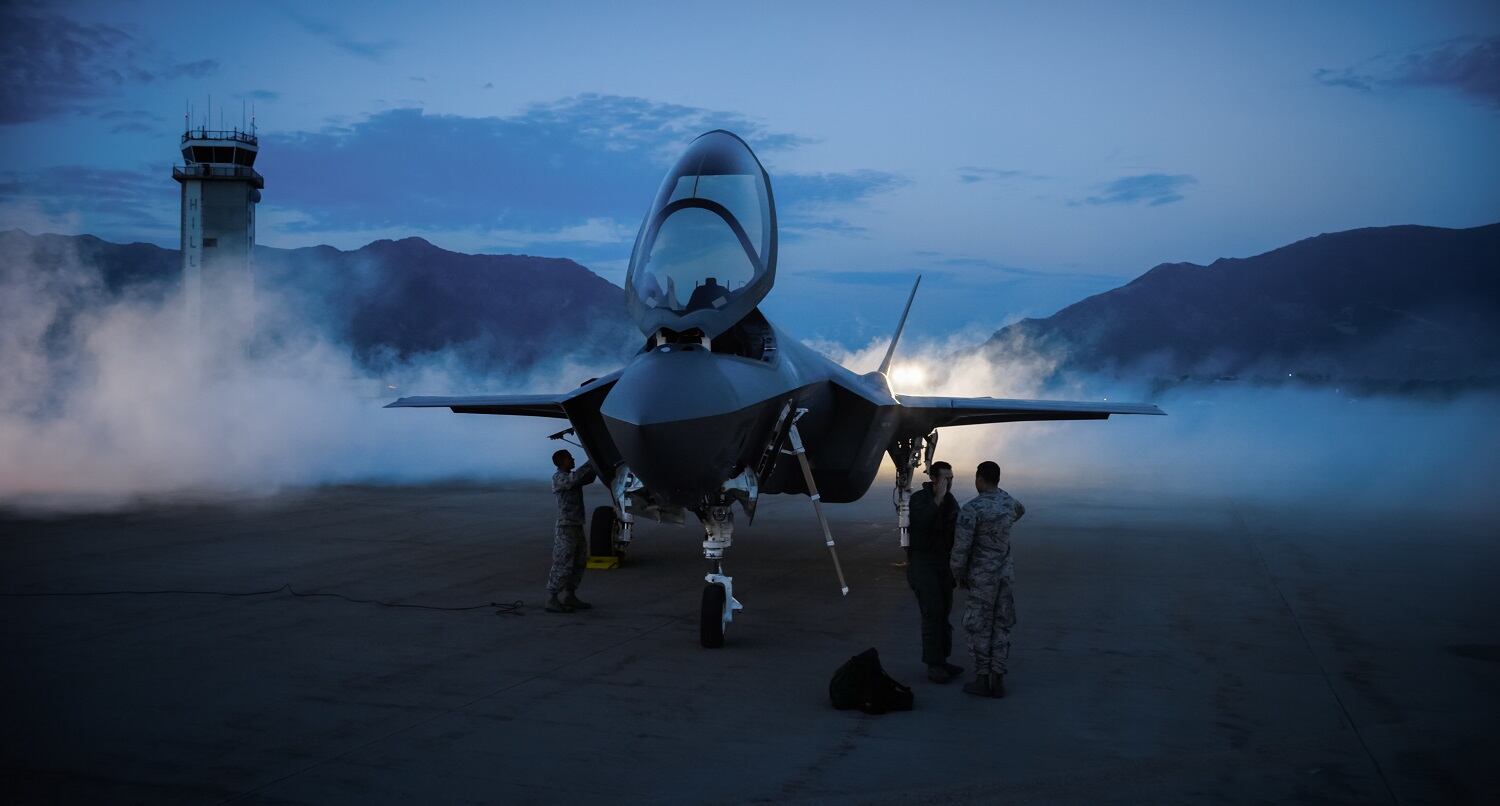WASHINGTON — The Pentagon is now accepting deliveries of the F-35 Joint Strike Fighter again, after resolving a disagreement with Lockheed Martin over who should pay to fix a couple hundred jets, the company confirmed Monday.
However, it’s still unknown who will ultimately be left with the repair bill.
Spokesmen from Lockheed and the F-35 Joint Program Office declined to comment on whether the company or government will be held financially responsible for the production escape. The decision to resume deliveries was first reported by Reuters.
On April 11, the Defense Department confirmed it had stopped accepting some F-35 deliveries beginning March 28. The problem, sources said at the time, is that the department and Lockheed had agreed upon a plan to repair about 200 jets that were impacted by a quality lapse — but not who should pay for it.
The initial quality control issue, which had caused a stoppage in F-35 deliveries from Sept. 21 to Oct. 20, involved corrosion found in fastener holes of F-35As being repaired at Hill Air Force Base in Utah. A Lockheed investigation had found that the company had not applied the corrosion-preventing primer to fastener holes.
RELATED

Ultimately, Defense Department officials felt the Pentagon shouldn’t be held wholly responsible for paying to retrofit planes due to Lockheed’s mistake, leading it to partially freeze deliveries while negotiating with the company.
In a statement, F-35 JPO spokesman Joe DellaVedova confirmed that the program office had begun accepting deliveries on May 1.
Since then, Lockheed has delivered a number of F-35s to the Defense Department, with an additional 12 jets having completed production and awaiting processing before delivery, a source with knowledge of the discussions told Defense News.
Lockheed spokesman Mike Friedman declined to comment on whether Lockheed would bear responsibility for covering repair costs.
“While we don’t discuss specific cost figures and contracting terms, we have a comprehensive plan in place to effectively and efficiently address the F-35 hole primer issue,” he said.
The JPO statement did not address who will fund the repairs except to say that the plan ensures the services will receive “an affordable and quality weapons system from industry.”
“The F-35 Joint Program Office, along with the U.S. services, international allies and Lockheed Martin, have implemented a comprehensive corrective action plan to make the necessary repairs to all aircraft while minimizing impact to operations,” the JPO statement reads. “The majority of aircraft will be complete within 24 months with the remaining aircraft completed as their availabilities/modification timing allows.”
A Lockheed statement said deliveries had resumed following an agreement between the F-35 JPO and the company to “effectively and efficiently” address the issue.
“All F-35 production continued during the delivery pause, and Lockheed Martin remains on track to meet its delivery target of 91 aircraft for 2018,” the company said.
After the production pause came to light last month, Ellen Lord, the Pentagon’s undersecretary of defense for acquisition and sustainment, said the department intends to tighten the reins on production quality.
“The department, in an effort to move forward with the program, has perhaps not been as thoughtful as we want to be from this point forward in terms of what we consider acceptable performance,” she said.
“I think this corrosion issue is one example where we have expectations for workmanship, and at this point we’re not seeing those workmanship levels being achieved.”
Valerie Insinna is Defense News' air warfare reporter. She previously worked the Navy/congressional beats for Defense Daily, which followed almost three years as a staff writer for National Defense Magazine. Prior to that, she worked as an editorial assistant for the Tokyo Shimbun’s Washington bureau.








